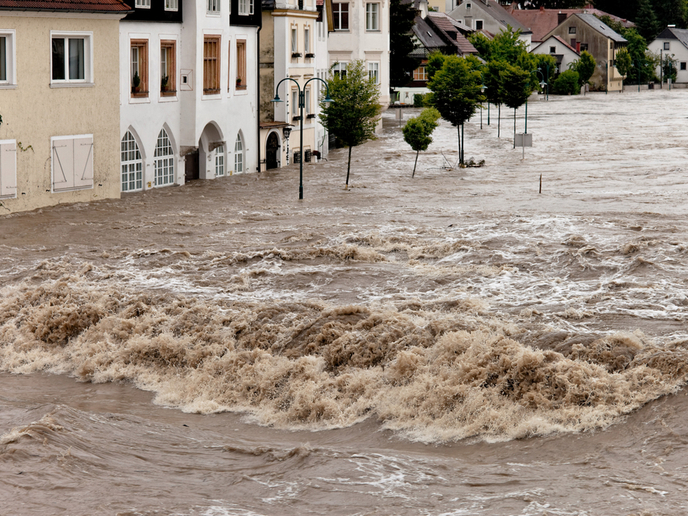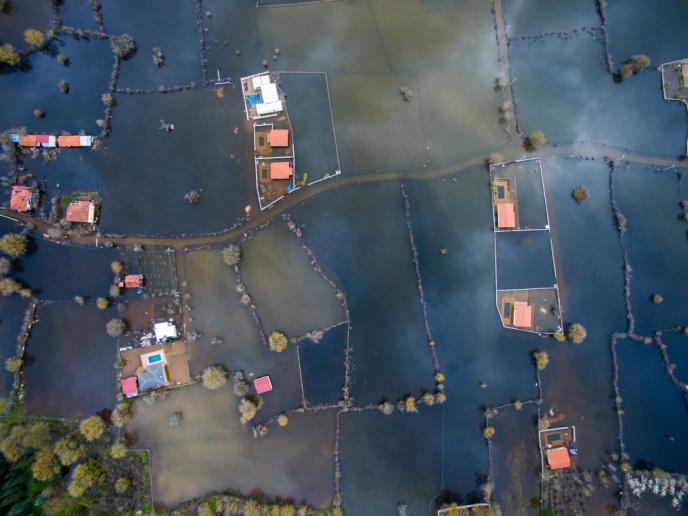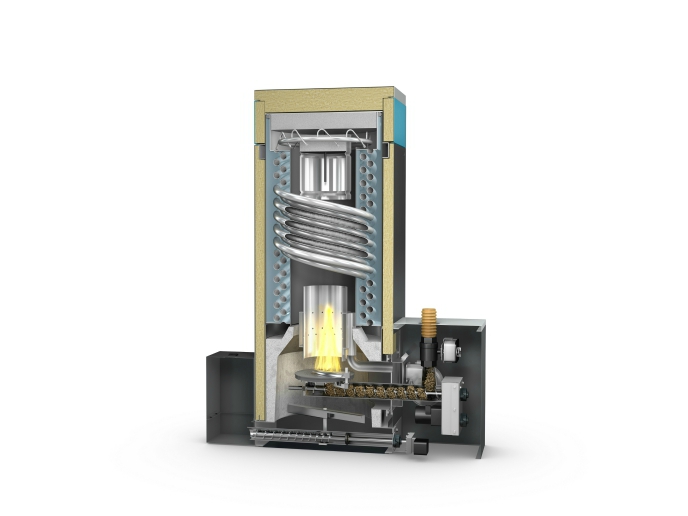Consortium for landslides research
Landslides and debris flows are serious geohazards common to countries with mountainous terrains. The high speed and the enormity of debris mass make debris flows one of the most dangerous natural hazards. Landslides around the world cause thousands of deaths and injuries every year and billions of euros in damage. Simple models traditionally used to account for the complex behaviour of landslides and debris flows are insufficient to explain their complex behaviour. As a result, there is an urgent need for a better understanding of triggering conditions and failure mechanisms, and for reliable predictions of deposition patterns and impact forces. The EU-funded MUMOLADE (Multiscale modelling of landslides and debris flows) initiative investigated the causes and impact of landslides. It combined the work of leading research groups into an effective research network to achieve a breakthrough in the study of landslides and debris flows. This involved developing a consistent physical model capable of providing reliable prediction and protection measures. Consortium members provided high-quality training for a multidisciplinary group of research fellows working in the challenging field of advanced computational analysis of natural hazards. The researchers conducted training that transformed numerical models into a widely adopted method for providing reliable predictions and strategies. The researchers successfully developed trustworthy, fully validated software codes, well-documented databases and tools for European stakeholders. With these digital frameworks, researchers will have reliable predictions and mitigation strategies being developed for landslides and debris flows. Specifically, MUMOLADE developed a general algorithm that can be applied to many geotechnical problems such as landslides. The consortium used a discrete element method to find that a rigid wall used to prevent landslides is exposed to higher impact forces. Planners will now be able to design more effective stabilisation methods and protection structures. Accurate data will also be available for use in early warning systems. These results will help EU stakeholders, including regulatory authorities, engineers, planners, designers and contractors, to protect the public and environment from the threat of landslides.







